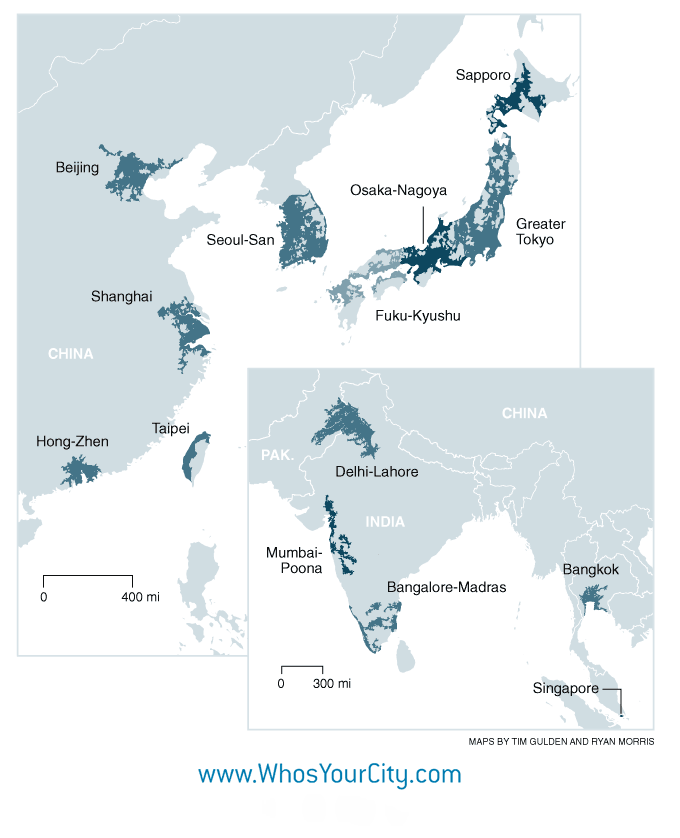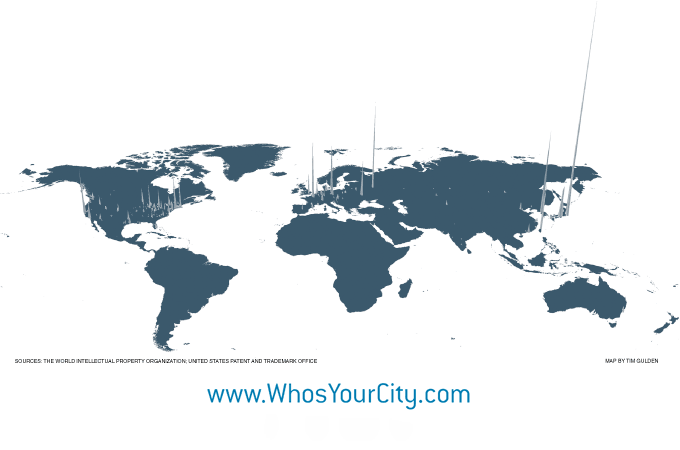
Over the next two months, I will be regularly contributing blog posts to Creative Cities, a project by the British Council focused on creative cities in the UK, East Asia, and Australia. Under the direction of Australian arts director and editor Jess Scully, the Creative Cities brings together some exciting ideas from thirteen countries about the role of creative cities in our changing world.
This month, the focus is on sustainable cities, and I am looking forward to the discussion generated by the contributors and readers. My first post describes the very Japanese mix of otaku (geek) culture, old traditions, and environmental activism as Akihabara maids plant and harvest rice. I am excited to be in this exciting East Asian and UK discussion of the role of creative cities in solving problems and making our lives better.

